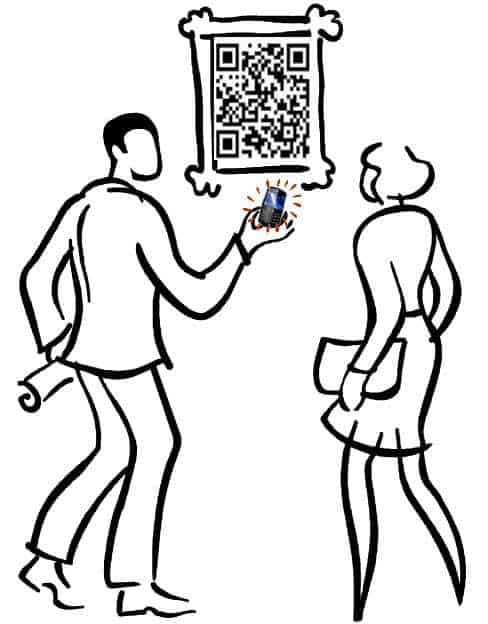http://parents.kernhigh.org/wp-content/uploads/2013/09/report-cyberbullying.jpg
Most of what I have posted so far has been a snapshot of some of the more positive uses of technology for teachers and students. However, it should be no surprise to us that for as many positives, their are negatives, and one of those negatives happens to be cyber bullying.
We want to encourage students to engage with others, but we hope that their engagement leads to good things. But for some students, when they use a technology device, their experience is marred by the ugly truth that they are the mercy of online bullies.
Cyberbullying is using any form of technology to bully, harass, humiliate, and harm another individual. Cyber bullying can take place through email, text-messaging, social media, web-chatting and any other electronic, communication platform. The number of victims of cyber-bullying is growing. According bullyingstatistics.org, nearly half of all teens and young adults have experienced cyber bullying. Also, almost as many teens and young adults admit to participating in cyber bullying at one time or another. As a result of cyber bullying, many victims are at a greater risk for depression and suicide.
One of the more memorable stories that chronicles the dangerous path that cyber bullying can take is the story of Amanda Todd, a Canadian teen that took her life after a relentless battle with an online stalker. What makes her case stand out is the insidious nature of the cyber bullying. Her story started with a common mistake that many young girls make, and ended with sextortion. Amanda Todd's community and family learned all too late the lasting effects that cyber bullying can have on an individual's life.
As teachers, we can work hard to put a stop to the cycle of bullying. One of the ways we can do this is by teaching our students how to be safe online and how to stand-up to those that would try to perpetuate rumors and mean messages. I have shared a few resources that can be used in the classroom to educate and inform students.
Taylor Schilling Anti Bullying Video | STOMP Out Bullying™ 2015 This is just one of several videos on the Stomp Out Bullying website that feature celebrities who share the real-life stories of young adults and encourage other young adults and teens to join the effort to Stomp Out Bullying by wearing a blue shirt on the first Monday of every October. The organization is committed to empowering teens to be the change.
Rethink before you type/ Trisha Prabhu/ TEDxTeen This wise beyond her years 14 year old presenter talks about the effects of cyber bullying and shares her research findings which proved that a simple alert before an individual posted an offensive message, could curb cyber bullying.
stopbullying.gov This website might feel like a "no-brainer" as far as resources go, but this website is truly rife with information for teachers, parents and students on a number of bullying topics, including cyber bullying. The "Respond to Bullying" section is a particularlt important resource to look at.
Cyberbullying is using any form of technology to bully, harass, humiliate, and harm another individual. Cyber bullying can take place through email, text-messaging, social media, web-chatting and any other electronic, communication platform. The number of victims of cyber-bullying is growing. According bullyingstatistics.org, nearly half of all teens and young adults have experienced cyber bullying. Also, almost as many teens and young adults admit to participating in cyber bullying at one time or another. As a result of cyber bullying, many victims are at a greater risk for depression and suicide.
One of the more memorable stories that chronicles the dangerous path that cyber bullying can take is the story of Amanda Todd, a Canadian teen that took her life after a relentless battle with an online stalker. What makes her case stand out is the insidious nature of the cyber bullying. Her story started with a common mistake that many young girls make, and ended with sextortion. Amanda Todd's community and family learned all too late the lasting effects that cyber bullying can have on an individual's life.
As teachers, we can work hard to put a stop to the cycle of bullying. One of the ways we can do this is by teaching our students how to be safe online and how to stand-up to those that would try to perpetuate rumors and mean messages. I have shared a few resources that can be used in the classroom to educate and inform students.
Taylor Schilling Anti Bullying Video | STOMP Out Bullying™ 2015 This is just one of several videos on the Stomp Out Bullying website that feature celebrities who share the real-life stories of young adults and encourage other young adults and teens to join the effort to Stomp Out Bullying by wearing a blue shirt on the first Monday of every October. The organization is committed to empowering teens to be the change.
Rethink before you type/ Trisha Prabhu/ TEDxTeen This wise beyond her years 14 year old presenter talks about the effects of cyber bullying and shares her research findings which proved that a simple alert before an individual posted an offensive message, could curb cyber bullying.
stopbullying.gov This website might feel like a "no-brainer" as far as resources go, but this website is truly rife with information for teachers, parents and students on a number of bullying topics, including cyber bullying. The "Respond to Bullying" section is a particularlt important resource to look at.







